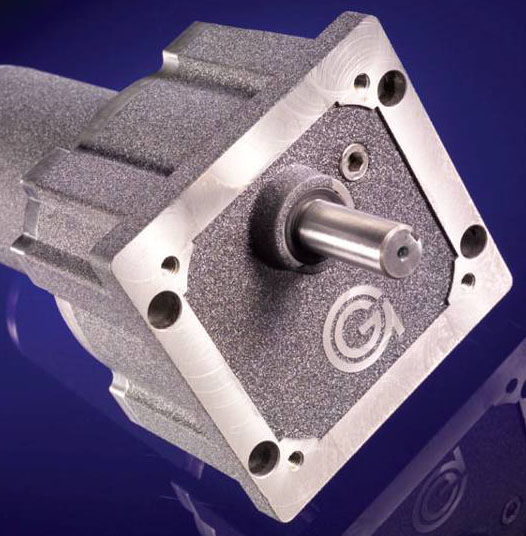Mobile:+86-311-808-126-83
Email:info@ydcastings.com
die casting methods
Die Casting Methods An Overview of Techniques and Applications
Die casting is a manufacturing process that involves forcing molten metal into a mold cavity under high pressure. This method is widely used for producing precise and complex metal parts, making it a popular choice in various industries, including automotive, aerospace, electronics, and consumer goods. Understanding the different die casting methods is essential for selecting the right technique for specific applications.
Types of Die Casting Methods
1. Hot Chamber Die Casting The hot chamber die casting process is primarily used for metals with low melting points, such as zinc, lead, and tin. In this method, the melting mechanism and the injection components are integrated. The molten metal is maintained in a chamber where it is injected into the mold cavity. The advantage of this method is its efficiency in production speed due to the continuous feeding of molten metal. However, it is not suitable for metals with high melting points like aluminum, as they can cause damage to the machinery.
2. Cold Chamber Die Casting Unlike the hot chamber method, cold chamber die casting is more versatile and is often used for metals with higher melting points, such as aluminum and magnesium. In this process, the molten metal is poured into a separate chamber, and then a hydraulic piston is used to inject it into the mold cavity. This method allows for thicker and larger parts to be produced but typically has a slower production rate compared to hot chamber die casting. It requires additional processes such as heating the metal before injection, making it slightly more complex.
3. Low-Pressure Die Casting This method utilizes controlled low pressure to fill the mold with molten metal. The pressure typically ranges from 0.5 to 3 bar, which results in fewer defects and better filling of intricate mold designs. Low-pressure die casting is particularly advantageous for producing larger components and pieces that require high precision and surface finish. However, the initial setup costs can be higher, and the technique is not as widely adopted as the other methods mentioned.
4. Gravity Die Casting Gravity die casting, also known as permanent mold casting, relies on gravitational force to fill the mold with molten metal. In this method, the mold is pre-heated to improve the flow of the metal and minimize cooling time. Gravity die casting is best suited for producing parts that require good dimensional accuracy and surface finish, especially for aluminum and copper alloys. However, the process can be slower compared to pressure die casting methods and is more limited in complexity of designs.
die casting methods

5. Vacuum Die Casting Vacuum die casting is a relatively newer method that employs a vacuum environment to eliminate gas entrapment in the molten metal. This increases the quality of the final product, reducing defects such as porosity. It is particularly beneficial for high-performance applications where material integrity is critical. However, vacuum die casting can be expensive and requires sophisticated equipment, making it less common.
Applications of Die Casting
One of the most significant advantages of die casting is its ability to produce high volumes of components with intricate designs and tight tolerances. This is crucial in industries such as automotive, where parts like engine blocks, transmission cases, and structural components need to meet exact specifications. The electronics industry also benefits from die casting, as it provides lightweight and durable housings for devices while maintaining a sleek finish.
Moreover, die casting is increasingly being used for sustainable manufacturing. Recycling of scrap metal and the use of lightweight materials contribute to reduced energy consumption and minimal environmental impact.
Conclusion
In summary, die casting methods offer a wide range of options for manufacturing precise and complex metal parts. Each technique has its distinct advantages and limitations, making it essential for manufacturers to choose based on material properties, desired production speed, and component application. As industries continue to evolve, the demand for efficient and high-quality production methods will drive innovations in die casting technologies, further enhancing its role in modern manufacturing. Understanding these methods will provide businesses with the tools needed to make informed decisions for their production needs.
-
Why Should You Invest in Superior Pump Castings for Your Equipment?NewsJun.09,2025
-
Unlock Performance Potential with Stainless Impellers and Aluminum End CapsNewsJun.09,2025
-
Revolutionize Your Machinery with Superior Cast Iron and Aluminum ComponentsNewsJun.09,2025
-
Revolutionize Fluid Dynamics with Premium Pump ComponentsNewsJun.09,2025
-
Optimizing Industrial Systems with Essential Valve ComponentsNewsJun.09,2025
-
Elevate Grid Efficiency with High-Precision Power CastingsNewsJun.09,2025











